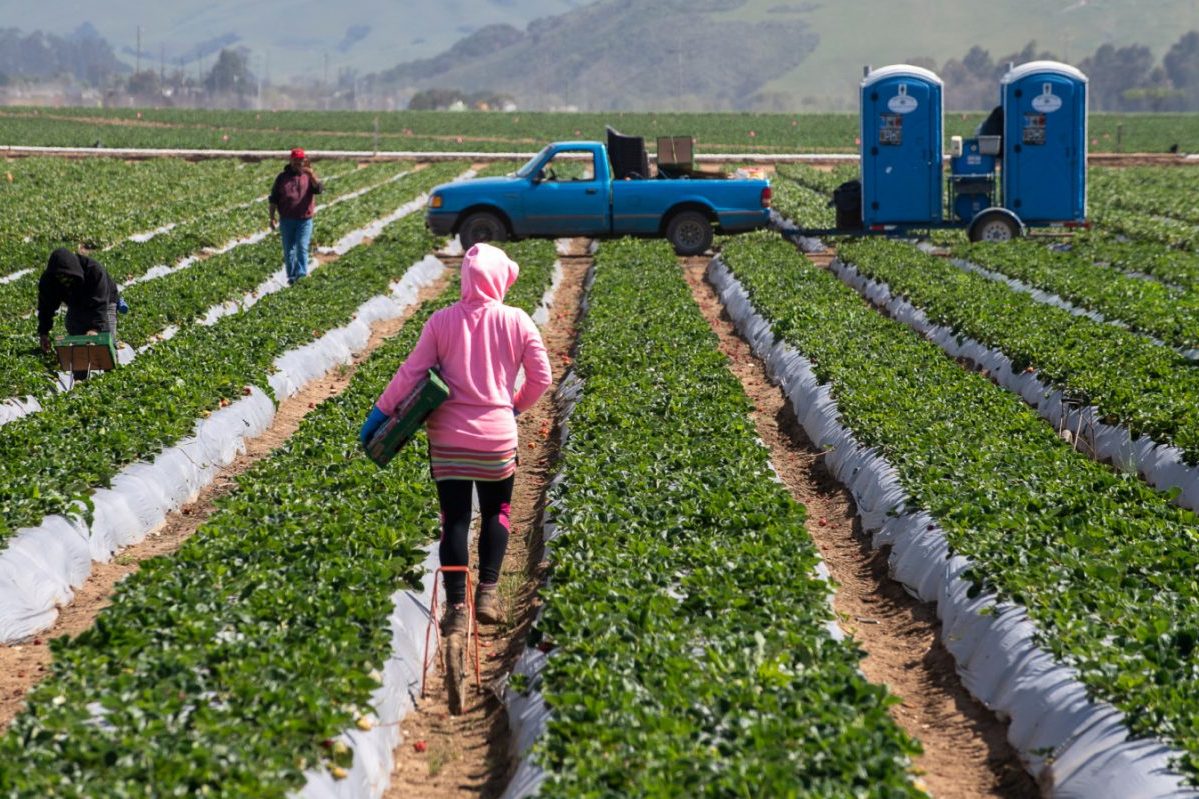
Eco-Friendly Pool: Types and Advantages
Swimming pools have always been entertaining, but in our indulgence, we seem to forget the environmental impact of pools. Most pools are maintained with harsh chemicals. To make a swimming pool eco-friendly, we must consider different ways to heat and maintain the pool.
Before going on with the eco-friendly swimming pool options, you should know what an eco-friendly swimming pool is and its major benefits.
What Is an Eco-friendly Swimming Pool?
An eco-friendly pool is a body of water or facility that uses ecologically safe treatments. They are gaining popularity among pool owners now. These eco-friendly pools come in…










